MI Stuff - MI questions PDF
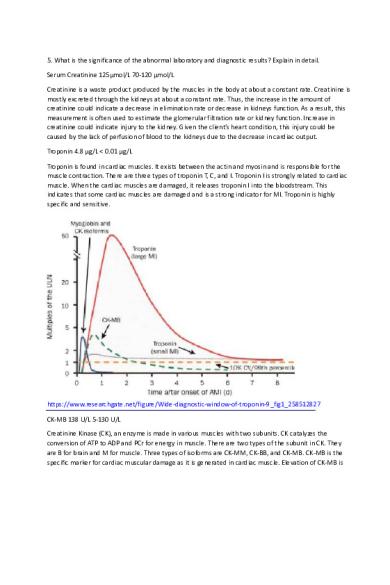
| Title | MI Stuff - MI questions |
|---|---|
| Author | Stanley Yeung |
| Course | Anatomy |
| Institution | Centennial College |
| Pages | 3 |
| File Size | 178.5 KB |
| File Type | |
| Total Downloads | 82 |
| Total Views | 218 |
Summary
MI questions...
Description
5. What is the significance of the abnormal laboratory and diagnostic results? Explain in detail. Serum Creatinine 125µmol/L 70-120 µmol/L Creatinine is a waste product produced by the muscles in the body at about a constant rate. Creatinine is mostly excreted through the kidneys at about a constant rate. Thus, the increase in the amount of creatinine could indicate a decrease in elimination rate or decrease in kidneys function. As a result, this measurement is often used to estimate the glomerular filtration rate or kidney function. Increase in creatinine could indicate injury to the kidney. Given the client’s heart condition, this injury could be caused by the lack of perfusion of blood to the kidneys due to the decrease in cardiac output. Troponin 4.8 μg/L < 0.01 μg/L Troponin is found in cardiac muscles. It exists between the actin and myosin and is responsible for the muscle contraction. There are three types of troponin T, C, and I. Troponin I is strongly related to cardiac muscle. When the cardiac muscles are damaged, it releases troponin I into the bloodstream. This indicates that some cardiac muscles are damaged and is a strong indicator for MI. Troponin is highly specific and sensitive.
https://www.researchgate.net/figure/Wide-diagnostic-window-of-troponin-9_fig1_258512827 CK-MB 138 U/L 5-130 U/L Creatinine Kinase (CK), an enzyme is made in various muscles with two subunits. CK catalyzes the conversion of ATP to ADP and PCr for energy in muscle. There are two types of the subunit in CK. They are B for brain and M for muscle. Three types of isoforms are CK-MM, CK-BB, and CK-MB. CK-MB is the specific marker for cardiac muscular damage as it is generated in cardiac muscle. Elevation of CK-MB is
an indication for cardiac muscle damage or potential MI. Although it is a good marker, troponin I is slowly replacing CK-MB as troponin I is even more specific and sensitive than CK-MB. 12 lead ECG with ST elevation confirming the diagnosis of an acute MI
ST segment of the ECG shows the plateau in the myocardial action potential where the ventricles are fully depolarized and contract to pump the blood out of ventricles. In an ST elevation, it indicates there is impairment in the ventricles that prevents the blood from pumping out of the ventricle. This could indicate there is congestion in the heart or blood is not completely pumped out of the ventricle. Irregularities of heart rhythm (frequent ectopic beats) were noted on cardiac monitoring Frequent ectopic beats are the premature heartbeat. Ectopic beats are not coordinated to form a complete heartbeat and cannot effectively pump the blood out of the compartment of the heart. These heartbeats also interfere with normal depolarization and polarization cycle.
Chest x-ray indicates mild pulmonary edema and a markedly enlarged cardiac silhouette consistent with cardiomegaly. The cause of cardiomegaly remains unclear, but the most common causes are congenital, HTN (enlarge left ventricle), and CAD (blocking the blood supply to the heart leading to ischemia). Mild pulmonary edema and could indicate left-sided congestive heart failure. Since the left ventricle can’t pump the blood out, the blood backs up into the lungs. The increase in hydrostatic pressure pushes the fluid into the lung causing edema. 6. Explain each medication in detail (indications for use, mechanism of action and effects) in the treatment and management of Mr. Lamb’s MI and associated complications. Clopidogrel (Plavix®) 300mg po Pharmacologic class: Platelet aggregation inhibitor Therapeutic class: Antiplatelet drug Indication: Blockage of the left coronary artery leading to acute MI Mechanism of Action: Inhibits platelet aggregation by blocking binding of adenosine diphosphate to platelets, thereby preventing thrombus formation. Explanation: In Mr. Lamb’s case, there is an atheroma blocking blood supply to cardiac muscle leading to ischemic damage to the heart. Plavix will prevent the further aggregation and enlargement of the atheroma. This prevents the further blocking of blood supply to the heart or the worsening of ischemia in the heart...
Similar Free PDFs

MI Stuff - MI questions
- 3 Pages

Anlatsam mi Anlatmasam mi
- 562 Pages

Mi personalidad ( )
- 1 Pages

Mi recensión
- 5 Pages

Mi Escrito
- 7 Pages

Care plan MI - care plan mi
- 5 Pages
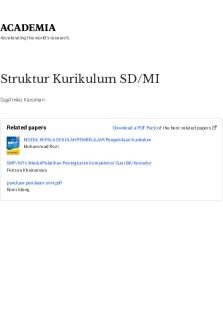
Struktur Kurikulum SD/MI
- 31 Pages
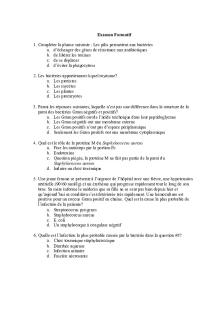
Examen Formatif (Mi-terme)
- 3 Pages

ACTA MI Refugio
- 2 Pages

Evidencia 1 MI
- 5 Pages
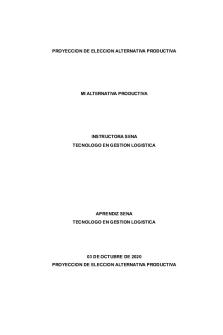
MI Alternativa Productiva
- 5 Pages
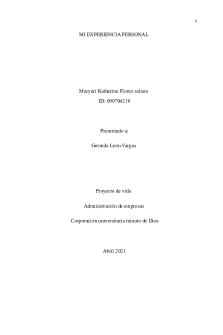
MI Experiencia Personal
- 6 Pages
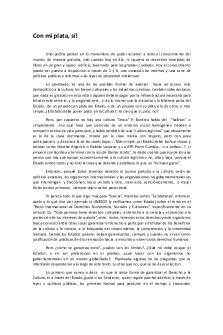
Con mi plata, sí
- 2 Pages

Conociendo a mi familia
- 2 Pages

Mi proyecto de innovasion
- 48 Pages
Popular Institutions
- Tinajero National High School - Annex
- Politeknik Caltex Riau
- Yokohama City University
- SGT University
- University of Al-Qadisiyah
- Divine Word College of Vigan
- Techniek College Rotterdam
- Universidade de Santiago
- Universiti Teknologi MARA Cawangan Johor Kampus Pasir Gudang
- Poltekkes Kemenkes Yogyakarta
- Baguio City National High School
- Colegio san marcos
- preparatoria uno
- Centro de Bachillerato Tecnológico Industrial y de Servicios No. 107
- Dalian Maritime University
- Quang Trung Secondary School
- Colegio Tecnológico en Informática
- Corporación Regional de Educación Superior
- Grupo CEDVA
- Dar Al Uloom University
- Centro de Estudios Preuniversitarios de la Universidad Nacional de Ingeniería
- 上智大学
- Aakash International School, Nuna Majara
- San Felipe Neri Catholic School
- Kang Chiao International School - New Taipei City
- Misamis Occidental National High School
- Institución Educativa Escuela Normal Juan Ladrilleros
- Kolehiyo ng Pantukan
- Batanes State College
- Instituto Continental
- Sekolah Menengah Kejuruan Kesehatan Kaltara (Tarakan)
- Colegio de La Inmaculada Concepcion - Cebu
![[Tahlil] - Ebubekir Sifil - Sünnet Mi, Gelenek Mi?](https://pdfedu.com/img/crop/172x258/53x4l8xp66oo.jpg)